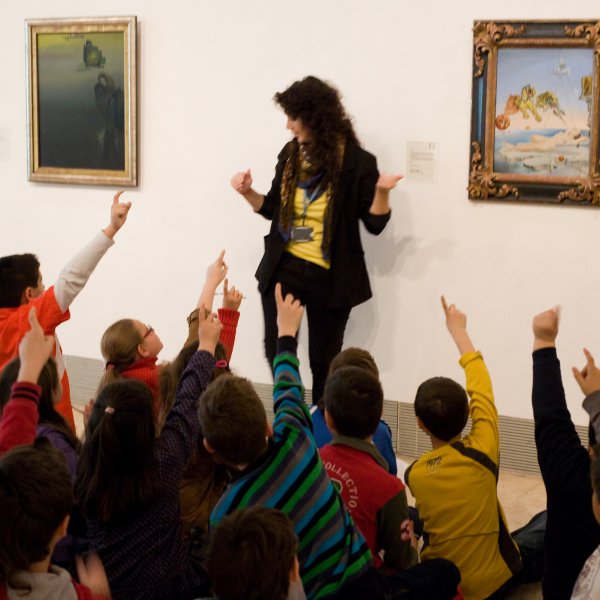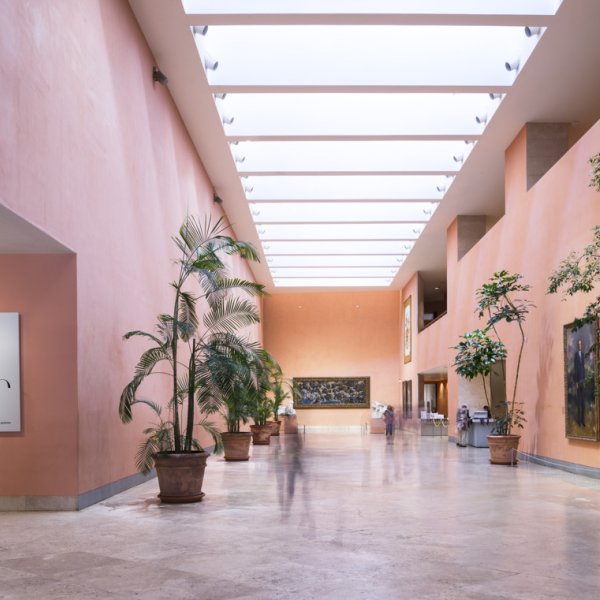The Impressionists and Photography exhibition
Following the appearance of the earliest Daguerreotypes in the late 1830s and above all after the subsequent discovery of photographic printing on paper, the relationship between photography and painting became an extremely close one. The camera’s artificial eye in the work of photographers such as Le Gray, Cuvelier, Nadar and Disderi, to mention just a few, stimulated Manet, Degas and the young Impressionists to develop a new way of looking at the world. Impressionism used the medium not just as an iconographic source but was also inspired by it technically in its scientific observation of light, its representation of an asymmetrical, truncated pictorial space and its exploration of spontaneity and visual ambiguity. In addition, the new Impressionist type of brushstroke led some photographers to become interested in the materiality of their images and to look for ways of making their photographs less precise and more pictorial in effect.
The exhibition The Impressionists and Photography, shown at the Museo in 2019, pursues this line of research. It offers a critical reflection on affinities and mutual influences between photography and painting while also looking at the lively debate that its emergence generated among critics and artists in France in the second half of the 19th century.
Curated by Paloma Alarcó, the exhibition is divided into eight thematic sections: The Forest, Water, The Countryside, Monuments, The City, Portraiture, The Nude and Movement, which together reveal the artistic concerns shared by painters and photographers.



